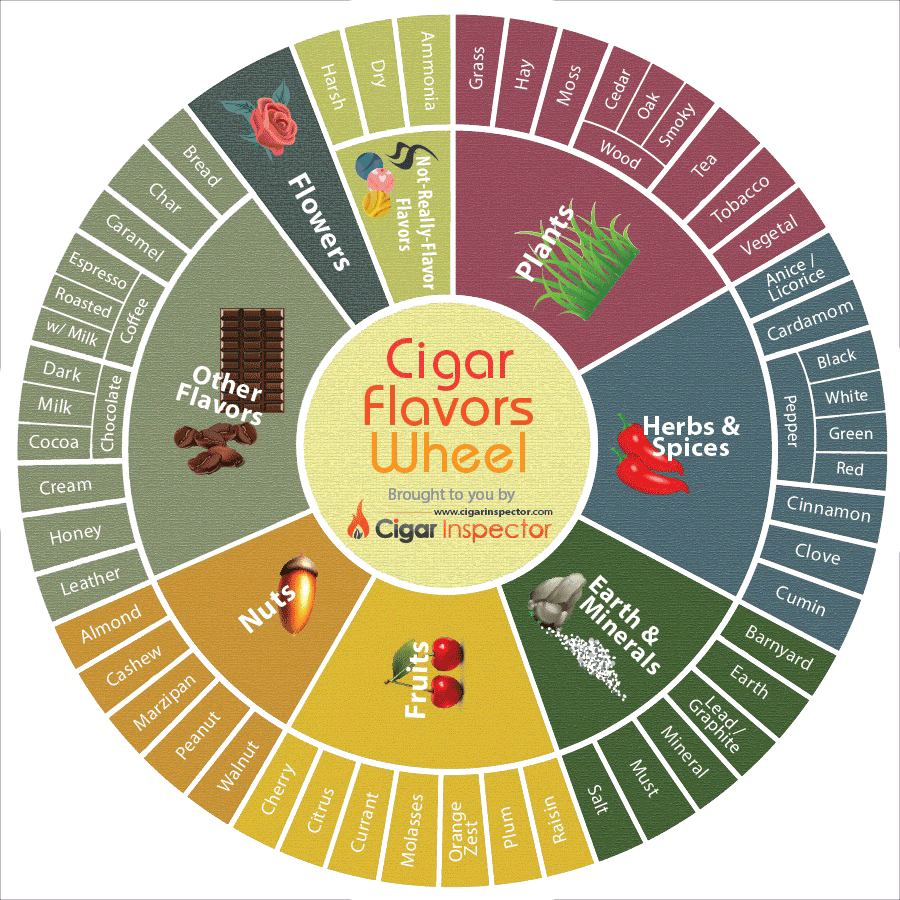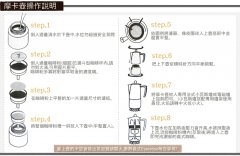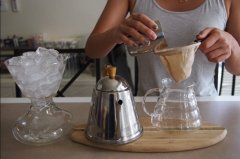Coffee knowledge professional coffee tasting terminology
Coffee tasting is a very rigorous process. In order to taste the original flavor of coffee, coffee tasters usually evaluate coffee most professionally through cup testing. There are a lot of requirements in the process of coffee cup testing. The requirements for coffee taste appraisers are also high. Below, let Brista familiarize you with some terms for coffee tasting products.
Flavor [flavor] is the overall impression of aroma, acidity, and mellowness, which can be used to describe the overall feeling of contrast coffee.
Acidity [acidity] is the acidity and strong quality of all coffee grown on the plateau. Unlike bitterness or sour (sour), it has nothing to do with pH, but a refreshing and lively quality that promotes coffee to exert its functions of boosting the mind and clearing the taste.
Body [mellowness] is the taste of coffee on the tongue after drinking the prepared coffee. The change of mellowness can be as light as water to light, medium, high, fat, and even some Indonesian coffee is as thick as syrup.
Aroma [smell] Aroma refers to the smell and aroma emitted by coffee after conditioning. Bouquet is a less commonly used word that specifically refers to the taste of ground coffee powder. Aroma is usually specific and comprehensive. The words used to describe Aroma include: caramel, carbon roasted, chocolate, fruit, grass, malt, rich, rich, spicy and so on.
Bitter bitterness is a basic sense of taste, the sensory area is distributed in the base of the tongue. The bitterness of dark baking is deliberately created, but the most common cause of bitterness is too much coffee powder and too little water. Bitterness is not a consent word for sour.
Bland [light] Coffee grown in lowlands is usually quite light and tasteless. Coffee with insufficient powdered coffee and too much water will have the same light effect.
After brewing Briny [salty] coffee, if it is overheated, it will produce a salty taste. The coffee in some coffee shops has this taste.
Earthy [earthy aroma] is often used to describe spicy Indonesian coffee with an earthy flavor. But the smell of mud does not refer to the smell of dirt on coffee beans. Some commercial coffees are mixed with cheap coffee, and the muddy smell may become dirty, apparently due to the dry, rough processing technology of laying coffee beans on the ground.
Exotic [uniqueness] describes coffee as having unique aromas and special flavors, such as flowers, fruits and spices. Coffee from East Africa and Indonesia usually has this property.
Mellow [aromatic alcohol] is an adjective for coffee with low to medium acidity and good balance.
Mild [mild] indicates that some kind of coffee has a harmonious and delicate flavor. Latin American premium coffee grown on the plateau is usually described as mild in texture. In addition, it is also a coffee term used to refer to all plateau coffee except those produced in Brazil.
Soft describes low-acidity coffee like Indonesian coffee; it can also be described as mellow or sweet.
Sour A sense of taste in which the sensory area is mainly located at the back of the tongue and is characteristic of light-colored roasted coffee.
Spicy refers to a flavor or smell reminiscent of a particular spice. Some Indonesian plateau coffee (especially old coffee) contains the sweet smell of cardamom.
Strong [strong] technically describes the advantages and disadvantages of various tastes, or the relative ratio of coffee to water in a particular conditioned product. In terms of popular usage, strong describes the strong flavor of dark roasted coffee. In addition, it also misleads people into the illusion that it contains a lot of caffeine. In fact, canned light coffee is high in caffeine because it contains more decaf.
Sweet [sweet] is a commonly used adjective that is almost fruit-like in nature and has something to do with the taste of wine. Coffee grown on the Costa Rican plateau usually has a pungent flavor.
Wild [wild] describes coffee as having extreme taste characteristics. If ordinary people cannot accept it, they will call it eccentric, but it may also be an attractive feature, depending on personal preference.
Winy [wine taste] describes a charming flavor reminiscent of wine. Fruit-like acidity and smooth mellowness create a special contrast flavor. Kenyan coffee is the best example of wine flavor.

Important Notice :
前街咖啡 FrontStreet Coffee has moved to new addredd:
FrontStreet Coffee Address: 315,Donghua East Road,GuangZhou
Tel:020 38364473
- Prev

Coffee making mocha pot method of making coffee
Most friends who like coffee have such an appliance about coffee at home. It is a mocha pot, which is very convenient and fast for making barista. It can make thicker coffee. You can even see some oil when you just make coffee. The following is about the principle of mocha pot making coffee, and some simple operation methods.
- Next

Coffee making flannel hand-made iced coffee
Today, in the coffee class of Brissta Coffee West Point training College, the teacher brought students a kind of flannel hand-made iced coffee, which is mellow, full-bodied and fragrant, and restores the original unique flavor of the coffee. It is a necessary coffee in summer in a cafe. Let's learn about flannel hand-made iced coffee: the utensils used by ① to make coffee: flannel bags and iron racks.
Related
- Beginners will see the "Coffee pull flower" guide!
- What is the difference between ice blog purified milk and ordinary milk coffee?
- Why is the Philippines the largest producer of crops in Liberia?
- For coffee extraction, should the fine powder be retained?
- How does extracted espresso fill pressed powder? How much strength does it take to press the powder?
- How to make jasmine cold extract coffee? Is the jasmine + latte good?
- Will this little toy really make the coffee taste better? How does Lily Drip affect coffee extraction?
- Will the action of slapping the filter cup also affect coffee extraction?
- What's the difference between powder-to-water ratio and powder-to-liquid ratio?
- What is the Ethiopian local species? What does it have to do with Heirloom native species?

